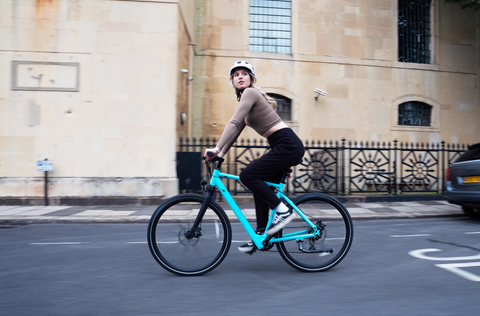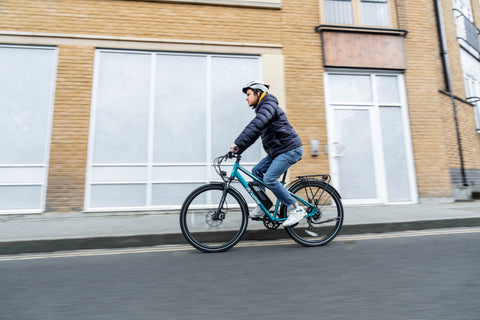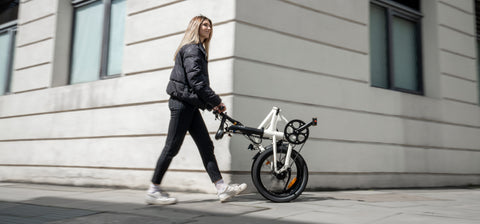Electric bikes are quite simply the best thing since sliced bread, and will remain the best thing until they find another way to slice bread that’s better than the previous way. They’re an amazing tool for getting people out of cars, trains and off their sofas and into the wide world.
But with that, they can seem daunting to new riders, or those just interested in what all the fuss is about. So here’s 25 commonly asked questions, answered!






